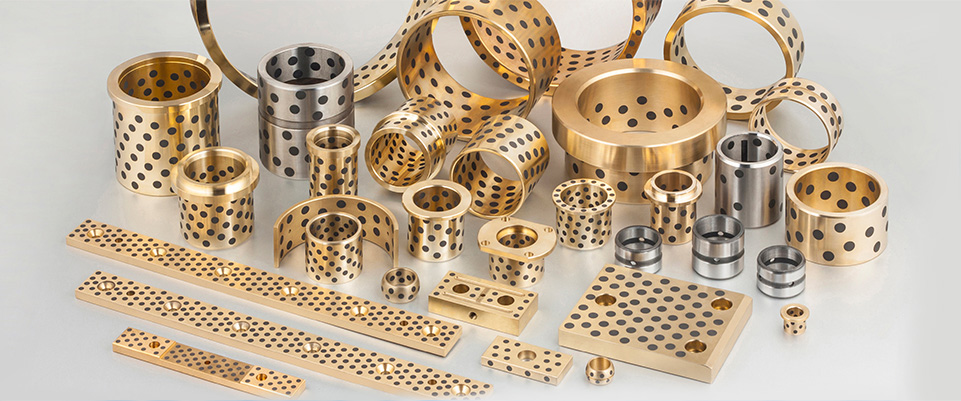Why and where are bearings used
Sometimes the most useful devices in physics and engineering are the simplest ones. Ball bearings show how metal rings can be extremely versatile. As you can see in so many common items such as vehicles, bicycles, skateboards and other machines that involve moving metallic parts, humans have used the power of ball bearings for centuries.
Ball Bearing Uses
Imagine sliding across a soft carpet while wearing shoes. It can be difficult because of the friction between the carpet and your shoes, which could be made of anything including leather, plastic, wood or rubber. If you instead wore socks, it'd be much easier because of much less friction between the soft carpet and the materials of the socks. Ball bearings work the same way.
Ball bearings decrease the amount of friction between loads put upon them. They do this because they are metal balls or rollers that move around a smooth metal surface in an inner loop and an outer loop (sometimes referred to as rings). You can learn about the many ball bearing applications through their physics. Ball bearings carry types of load in a radial direction, and these loads apply a perpendicular force to the axis of rotation of the ball bearing.

The sliding of the metallic balls around the loops of the ball bearing create friction between an object and its surface that slows the object down. In some cases the object approaches a stop. This mechanism lets ball bearings have uses in pulley systems or rotational systems that need to be controlled. For instance, the hub wheel of a car uses a radial load from the car's weight and thrust from going around a turn.
In all cases of ball bearings, the balance between thrust and radial load causes ball bearings to reduce friction between the balls in the inner and outer ring and handle the load of the object. Ball bearings take the load and transfer it from the outer ring to the inner ring to let the spheres in the centers of each ring rotate with ease.
Each sphere is connected with the two rings, but only where necessary to reduce the friction between the components of the ball bearing itself. For these reasons, ball bearings are created to reduce friction and ease rotation speed.
Types of Ball Bearings
The types of ball bearings differ greatly by their mechanism involved. The most widely used kind is the rigid single row, or radial ball bearing. This design causes the balls to run in deep grooved tracks, and the deep groove ball bearing arrangement lets them bear both radial and axial loads. Sealed versions of ball bearings are permanently lubricated to reduce their maintenance.
Double row ball bearings use two rows of balls. The design gives more rigidity to the motion of the bearing itself. They're found in electric motors, centrifugal pumps and electromagnetic clutches. Some ball bearings align themselves in a way that lets the shaft account for any misalignment at an angle with respect to the housing of the ball bearing.
The angular-contact type of ball bearing has one side of the outer-ring cut off to let more balls insert themselves. These bearings can then hold high amounts of axial loads in one direction as well as use more balls in the bearings themselves. This means engineers use them in pairs in both directions to carry heavy loads, in a setup that makes them angular-contact double row ball bearings. These types of ball bearings vary based on their material as well.



 English
English Español
Español Deutsch
Deutsch
















